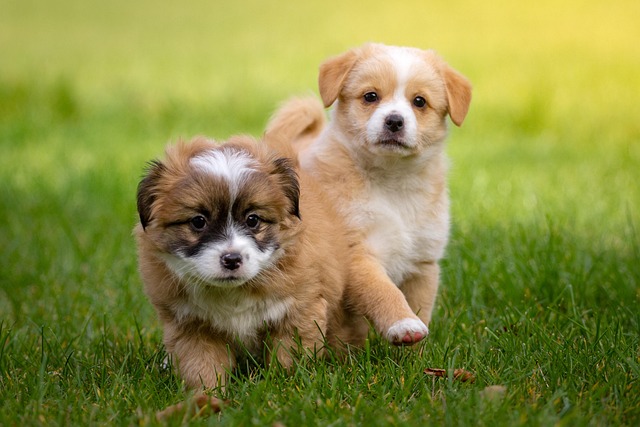
How can I tell if my dog's heatstroke is serious
Let’s be real: It’s a sticky August morning in Los Angeles, and you took your 2-year-old Golden Retriever, Max, for a walk a little later than usual
Watching your excited little furball suddenly stop dead in their tracks during a walk can be frustrating, but it’s a common issue that many puppy owners face. Before jumping into solutions, it’s crucial to understand that a puppy’s refusal to walk isn’t always about stubbornness—it’s often a sign that something’s off.
First things first: health check. Puppies can’t tell us when they’re hurting, so a sudden refusal to walk might signal pain. Check their paws carefully for cuts, thorns, or signs of infection. Look for any limping or favoring one leg, which could indicate a sprain or fracture. If you suspect an injury, skip the rest of the walk and head straight to the vet. Remember, in many regions, neglecting an animal’s medical needs can lead to legal consequences, so it’s better to be safe than sorry.
Temperature matters too. Puppies have sensitive paw pads that can burn on hot pavement or freeze on cold surfaces. In summer, test the sidewalk with your hand for 10 seconds before walking your pup. If it’s too hot for you, it’s too hot for them. In winter, consider paw balms or booties to protect their feet. These simple precautions not only keep your puppy safe but also align with animal welfare guidelines that emphasize responsible pet care.
 Sometimes, it’s all in their head. Puppies are curious creatures, but new sights, sounds, and smells can also overwhelm them. If your puppy seems scared, sit down next to them and let them sniff around at their own pace. Use gentle, reassuring words and offer small treats to create positive associations. Avoid pulling on the leash, as this can exacerbate anxiety and may even violate local leash laws in some areas that require humane handling of pets.
Sometimes, it’s all in their head. Puppies are curious creatures, but new sights, sounds, and smells can also overwhelm them. If your puppy seems scared, sit down next to them and let them sniff around at their own pace. Use gentle, reassuring words and offer small treats to create positive associations. Avoid pulling on the leash, as this can exacerbate anxiety and may even violate local leash laws in some areas that require humane handling of pets.
Leash training is another piece of the puzzle. A puppy that’s not used to the leash might resist walking because it feels restricted. Start indoors, letting them wear the collar or harness for short periods while playing or eating. Gradually introduce the leash, dragging it behind them so they get used to the sensation. Once they’re comfortable, pick up the leash and encourage them to follow you with treats and praise. This step-by-step approach respects your puppy’s comfort level and adheres to best practices in animal training.
If your puppy still refuses to walk after ruling out health issues and working on training, consider their routine. Puppies have tiny bladders and short attention spans. Make sure you’re scheduling walks at appropriate times—after meals or naps are ideal. Keep walks short and engaging, incorporating playtime and sniff breaks. Remember, a tired puppy is a happy puppy, but pushing them too hard can backfire.
Finally, be patient. Every puppy is different, and what works for one might not work for another. Celebrate small victories, whether it’s taking a few extra steps or overcoming a fear. And if you’re ever unsure, consult a professional dog trainer or behaviorist. They can provide personalized advice and ensure you’re complying with any local regulations regarding pet training and care. With time, consistency, and lots of love, your puppy will be strutting confidently by your side in no time.

Let’s be real: It’s a sticky August morning in Los Angeles, and you took your 2-year-old Golden Retriever, Max, for a walk a little later than usual

You're enjoying a summer afternoon at the park when you notice your dog has stopped panting and appears disoriented - their gums are bright red

Let’s paint the picture: You’re in your Denver apartment, watching your 4-year-old Boston Terrier, Ruby, plop down mid-play session with her favorite toy

Many dog owners notice their pets nails seem shorter after regular walks,but how much does this daily activity actually help?The answer depends on where you walk—concrete sidewalks or asphalt streets gently file nails as a dog's paws hit the ground

Most dog owners notice their pup scooting across the carpet at some point, but few connect it to impacted anal glands. These small sacs near a dog’s rectum secrete a scent for marking territory

Most vets agree that regular dog teeth cleaning is key to avoiding painful dental issues later. For healthy adult dogs, a professional cleaning at the vet’s office every 12 to 18 months usually works well.